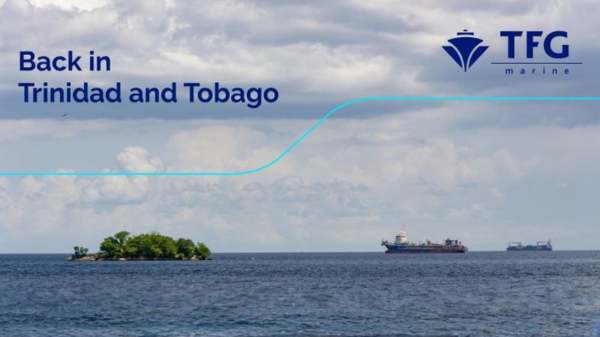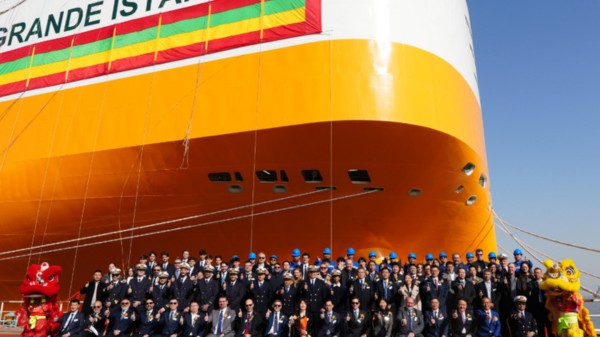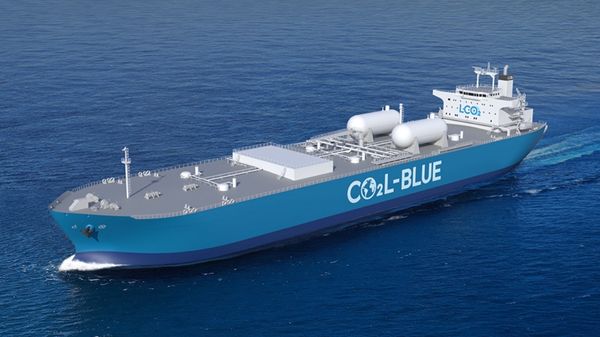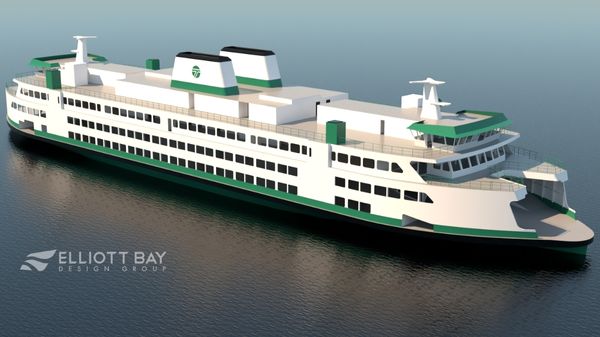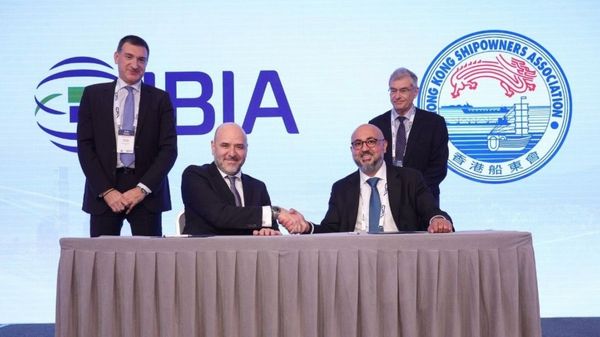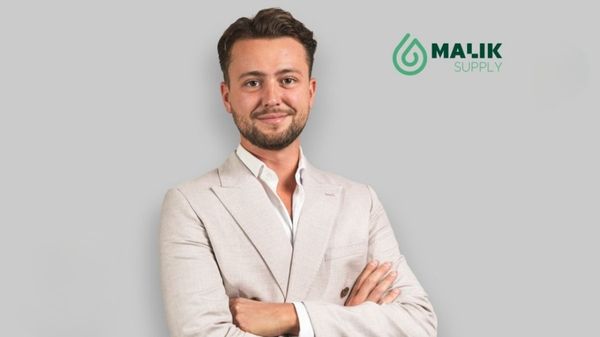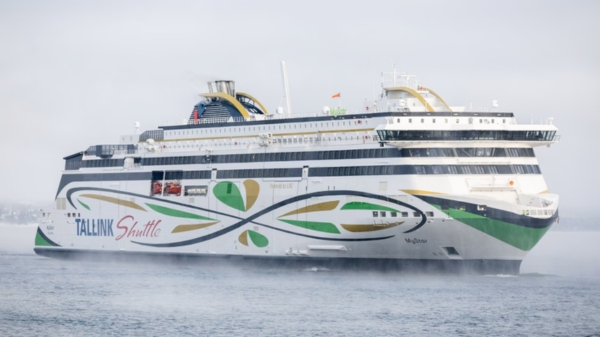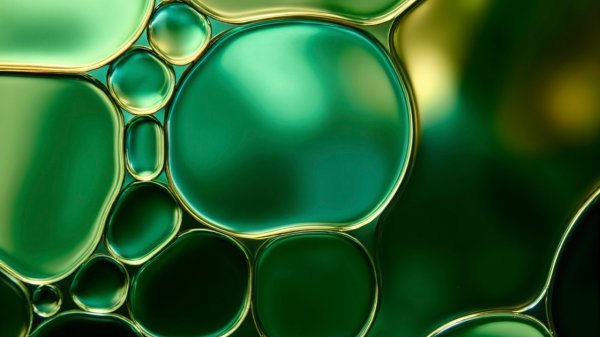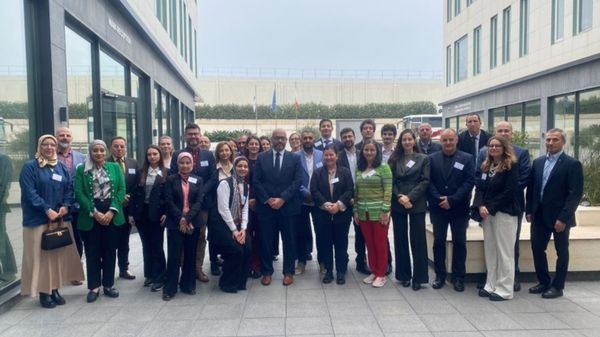Source: Hamworthy - Exhaust scrubbing to make clean impact
Decisions taken at December’s United Nations Framework Convention on Climate Change (UNFCCC) summit in Copenhagen (COP15) may not become clear for six months at least, and some now suggest that many firm commitments on global warming may be deferred. However, no matter what the end game, one of Copenhagen’s tangible results is expected to be that both international aviation and shipping will be brought within the overall UN carbon reduction framework.
In September, shipowner representative bodies from the
UK,
Australia,
Belgium,
Norway and
Sweden explicitly argued that the best means of cutting greenhouse gas emissions would be through a sector-specific and global scheme emissions trading scheme, with targets set by IMO or UNFCCC, but the mechanism to be developed through IMO.
As an inclusive organisation, IMO may struggle to develop a global carbon trading scheme. The US Administration proposed a ship specific trading scheme to July’s Marine Environment Protection Committee but did not provide the detail on how it would work, how standards would be applied, or how trading allocations would be made. A more developed proposal is expected in March 2010.
More detailed proposals from Denmark did not get past plenary discussion at MEPC.
According to
Intertanko, however, the EU has set a deadline for the end of 2011, suggesting that if IMO does not come up with a strategic plan for the enforcement of a ship specific carbon trading scheme it will take its own path to legislation. No details on how such a scheme would work have been offered.
In September, the
UK Chamber of Shipping made a more direct proposal, suggesting a ‘cap and trade’ scheme, where CO2 emissions would be calculated based on fuel-type, carbon conversion factors and quantity consumed. Data regarding consumption could be collected from fuel purchase records, specifically the Bunker Delivery Note mechanism, which is already a feature of MARPOL Annex VI).
If so far not well defined, the drift towards a carbon trading scheme for shipping is clear, as the reach of other restrictions on shipping pollution continues to extend. The plausibility of any emissions trading scheme relies on the willingness of some to invest in technology and practices that cut emissions, in order to offset the unwillingness of others.
Last year, as part of revisions to Marpol Annex VI, IMO agreed the concept of
Emission Control Areas, where permissible fuel emissions would be capped. One means of achieving this was agreed to be by capping the maximum sulphur content in fuels used in such zones, initially to 1.5%, then to 1% by 2012, and to 0.1% in 2015.
The EU already plans to introduce a 0.1% limit on sulphur emissions by ships in port from January 2010, unless ships are in and out of port within two hours.
Intertanko has been advocating a wholesale move by the industry to higher cost distillates to meet such strictures, but others question whether the refining capacity for enough high grade fuel to feed the entire shipping industry can be delivered at all, let alone disputing the level of the premium price suggested by the tanker association.
Again, if distillates are used in SECAs, but HFO is used elsewhere, the owner is committing to potentially problematic ‘switching’ between fuels with different viscosities, held in different tanks.
These points were reflected in the fact that an alternative means of meeting goals on emissions was allowed within the revised Marpol Annex VI. Exhaust gas cleaning could also be applied to reduce the total emission of sulphur oxides from ships, including both auxiliary and main propulsion engines, to 6.0 g, then 4.0 then 0.4g SOx/kW h by 2020, calculated as the total weight of sulphur dioxide emission.
Allowing this alternative was a direct result of the timely development of the
Krystallon shipboard exhaust scrubber. After results of the cut in sulphur emissions achieved by using this equipment were reported, both IMO and the EU have allowed emissions abatement technology as a viable alternative to low sulphur content fuel.
The Krystallon system is an open loop design gas scrubber that neutralises scrubbed acid gasses using the carbonate/bicarbonate naturally occurring in sea water. Fitted into the ship’s funnel space, the unit can be operated on incoming exhaust gas at temperatures of up to 450oC.
Initially trialled on board the P&O ferry
Pride of Kent four years ago, the Krystallon solution was subsequently installed on the Holland America Lines cruise ship
Zaandam, and as part of onshore plants in Greece and Japan. The technology can be applied to scrub the exhaust from both two and four stroke engines as well as boiler systems.
Trials have shown that sulphur emissions from plant burning residual fuel oil with a sulphur content of 3.5% have been cut by as much as 98%.
In line with its strategy to acquire and develop businesses that address environmental concerns, and specifically those driven by regulation, fluid systems specialist Hamworthy acquired Krystallon in September 2009.
Hamworthy Chief Executive
Joe Oatley said: "The emerging market for marine sulphur emissions reduction is an exciting global opportunity underpinned by international environmental regulations.”
The renamed Hamworthy Krystallon has become part of the new parent’s Inert Gas Systems division where Hamworthy has more than 40 years experience of sea water scrubbing, as well as extensive project management and manufacturing resources.
One of the opportunities foreseen by the company lies in tanker installation. Hamworthy Krystallon new managing director
Sigurd Jenssen pointed out that tanker operators in particular would be familiar with the technological approach taken in developing and installing shipboard gas scrubbers from other, already established technologies. “Those already operating inert gas systems might look at this technology as just a variation on that,” he said.
“While low sulphur content fuel initially attracted wide attention, exhaust scrubbing has now proved itself as a workable, lower cost alternative,” said.Mr Jenssen. He added that, as well as eliminating almost all sulphur emissions, gas scrubbing cut particulate emissions by up to 80%.
“The breakeven point for exhaust scrubbers is at a premium of around $50/T, giving a typical three year payback (assuming a ‘normal’ operating profile) . The current high sulphur residual versus distillate premium is around $150/T. On that basis the question is not why fit a scrubber, but when.”
Mr Jenssen pointed out that there were also specific synergies to be reaped in integrating scrubber technology on board tankers. “For example, if we scrub the boilers then there is no need for a separate inert gas system. The sea water supply pumps and lines can be common for both the inert gas system and the seawater scrubber, and so can the water clean-up. Inert gas systems currently discharge without water processing so that would be a real benefit. The ballast and reaction water pumps can also be common. Understanding how these different systems interact is a key part of the Hamworthy Krystallon offering as they are covered by the existing product portfolio within the Group.”
To date, the gas scrubbing units delivered by Krystallon have worked in combination with diesel engines in the 1MW – 8MW power range, but the company has developed designs to work with engines of up to 70MW, meaning that the technology will be applicable to the complete range of ship types.
Mr Jenssen said that Hamworthy’s experience in exhaust scrubbing, its global manufacturing and service network, and its commitment to product development for mainstream market take-up would be critical in ensuring that the technical solution could reach a wider audience.
“Already, we have refined the monitoring process, for example, to a point where both air and gas are reliable.,” he said. “We have the ability to monitor continuously which is needed under Method B of MEPC.184(59). There is a future need for a service to assure environmental compliance and I know a number of the class societies are looking at this. Again, this is a nod to the future that seawater scrubbing has in the mainstream marine market place.”

